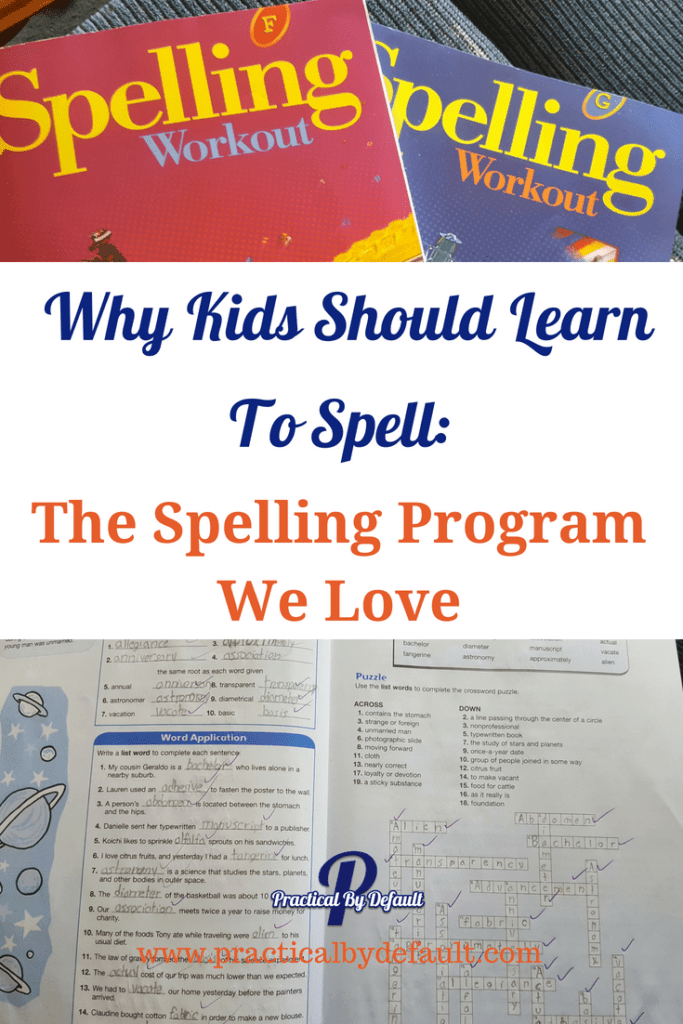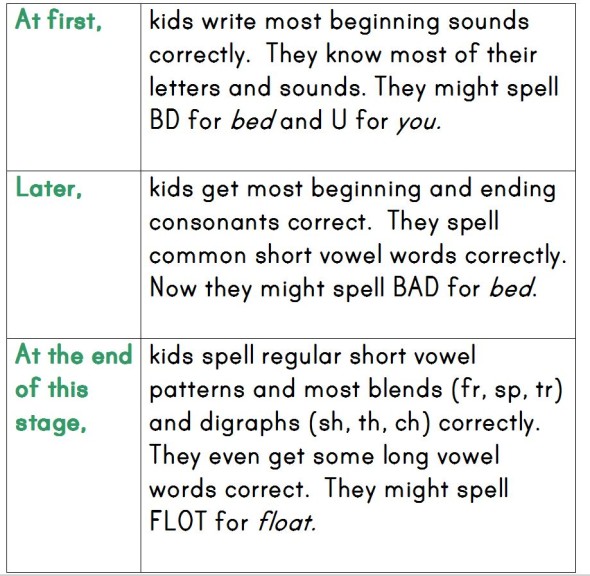25 Surprising Facts About Word Spelling For Kids
What to do about Spelling Words For Grade 1 in 2021
Table of ContentsMost Unusual Spelling Words For Kids factsSpelling Words For 8-9 Year Olds is Disrupting The Business MarketTips and Trick for Spelling WordsMost Unusual Spelling Words List facts
 12 fun facts About Spelling Words For Kids That Will Alter the Way You feel
12 fun facts About Spelling Words For Kids That Will Alter the Way You feel
If you are a Premium Member, click here to visit to your account. Need to know about Premium Subscription? Just $34 - home. 95/yr for a household or $69. 95/yr for a classroom. Find out more - yellow.
Psychologists when thought that children found out to spell by using rote visual memory to string letters together like beads on a pendant. However that thinking has actually changed in the last 20 years. twenty. Researchers have found that a kid's memory for words is not entirely or even principally rote. They have actually found, instead, that two important processes enter play worrying spelling.
Second, we likewise now comprehend that spelling memory depends on a child's growing understanding of spoken and composed word structure. While visual memory more specifically, "orthographic" memory is important for finding out to spell, it does not work alone. reading. Spelling memory memory for letter sequences is improved by a child's awareness of phonemes, or speech sounds. writing.
Word knowledge develops methodically on other word knowledge. letter. It's that cycle of success that instructors like to see develop: Learning begets knowing (6 year old). Most young kids who are exposed to print in their houses spontaneously begin to explore composing. Although they may understand the names of some letters, recognize letter kinds, and realize that letters represent speech noises, they may not understand what a word is or understand that print represents words and that areas represent borders between them.
After kids have actually explored with imitative writing and established an awareness of alphabet letter names, a shift takes place. They begin to understand that letters represent speech noises (Bissex, 1980; Gentry, 1981; Henderson, 1990), and selectively and naturally utilize shortened spellings. For instance, a kid might utilize a couple of letters, usually consonants, to represent words, syllables, initial letters, or pieces of words.
All About Spelling Words For Grade 1 in 15 seconds
 The 6 Most Amazing Facts about Spelling Words For Kids you didn't Know About
The 6 Most Amazing Facts about Spelling Words For Kids you didn't Know About
At this phase, children may use their knowledge of letter names and partial phonetic hints to check out (Ehri 1994), however their ability to determine and section word sounds is still restricted. yellow. As kids gain more knowledge of print and develop an awareness of speech sounds, sound-letter correspondences, and letter names, they often utilize a "one letter spells one noise" method.
https://www.youtube.com/embed/bGeOWkc3NJA
At this point, kids "spell" by matching sounds to letters and regularly representing all of a word's sounds. To do this they rely on how words feel in their mouths - letter. Commonly referred to as "developed spelling" or "short-lived spelling," this procedure indicates that children use phonetic spellings and letter names to represent long or short vowels and consonants.
Here are some case in points of developed spellings: DA (day) WEL (will) KAM (came) BAD (bed) FEL (feel) SAD (stated) LIK (like) YOH (watch) FES (fish) YL (will) YAR (where) As children gain direct exposure to print, practice writing, and end up being much more knowledgeable about the noises in words, they begin to acknowledge and recall larger orthographic patterns, or "chunks", and utilize them to spell other words (pattern).
They must likewise master the phonic aspects of consonants, vowels, consonant blends, and consonant digraphs and a lot more. When they move from early to transitional phases, they're on the way to finding out the patterns and rules that produce excellent spelling. After children acquire more experience with print, get organized guideline, and enhance their reading ability, they start to comprehend that most sounds are represented by letter combinations (writing).
A child at this stage is likely to make mistakes such as the following: PAPRES (papers) HIAR (hair) MOVEING (moving) SRATE (straight) PLAITID (planted) NHITE (night) While these spellings may look more "off base" than easy phonetic spellings, such as paprs or har, a kid at this phase knows that numerous spellings for noises require more than one letter or consist of particular letter combinations.
Most Unusual Spelling Words For Kids facts
As trainees move from phonetic (sound) to syllabic (syllable) and morphemic (significance) spelling, which generally takes place after the 4th grade, instruction must yield a number of things: Trainees must start to regularly spell significant parts such as roots, prefixes, and suffixes (fancy). They ought to understand that homophones, learned in significant expressions, show an important principle of English spelling that the meaning of a word can identify how it is spelled.
Here are some examples: Kids at this phase discover more easily those roots or base words that do not need a modification in noise or spelling when the prefix or suffix is included such as pleasure, distasteful, or words with un-, re-, dis-, or -ness than they learn words such as competition (writing).
( Before this point, kids need to have established at least a fundamental awareness of these typical morphemes in their expanding speaking vocabulary.) To spell words with prefixes and suffixes, kids at this stage must become conscious of "schwa," or the unaccented vowel. In multisyllable words with affixes, particularly those of Latin origin, the accent or tension is usually on the root morpheme; the affixes are often talked to a lowered vowel whose identity can't be figured out from pronunciation alone (television, matchless, benefactor). kindergarten.
For instance, the "pre" in prescription, or the "re" in reduce are difficult to recognize if one relies only on speech, due to the fact that they are unaccented. They should be learned as significant prefixes with standard spellings. Otherwise, trainees can't sound them out effectively. At this phase, kids use a word's context to correctly spell homophones words that sound alike but are spelled in a different way-- such as two, to, and too and aloud and allowed.
If not, the kid may spell the "oy" in partner as "oi. kindergarten." Although we know less about the nature and the series of stages in spelling advancement in the middle years, we check here spelling for kids grade 1 do know that students continue to establish their ideas of orthography and their capability to associate spelling patterns with speech patterns. letter.
All About Spelling Words List in 55 seconds
They learn brand-new words due to the fact that they are associated in memory with words that share their patterns - primary 1. This is why it's essential to emphasize noise and spelling patterns: Although trainees need to memorize numerous specific words, the more they know the familiar letter series and repeated patterns in the writing system, the easier they can remember them.
